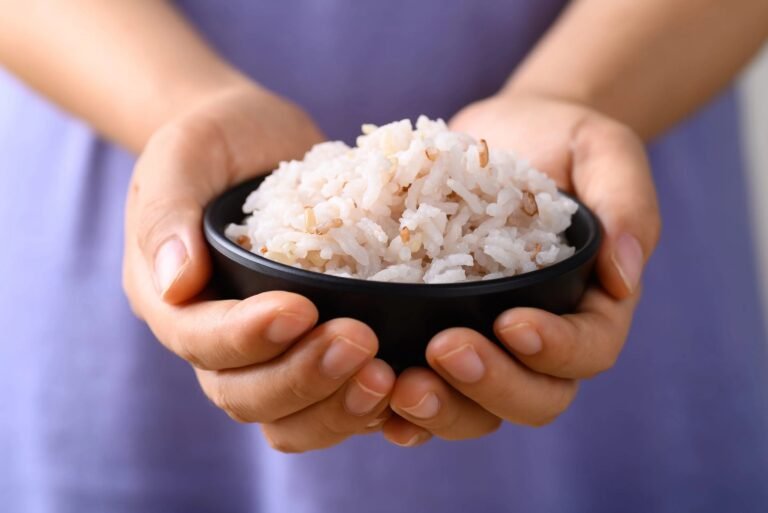Brown rice has been seen as a healthy food choice for many years. It is known to contain more fiber and nutrients than white rice. But a new study from Michigan State University has raised serious concerns. The research shows that brown rice may lead to higher levels of arsenic in the body. This toxic element could increase health risks, including cancer.
What the study found
The study was published in the journal Risk Analysis. It found that brown rice has more arsenic than white rice. Arsenic is a harmful chemical found in soil and water. Plants, like rice, absorb it as they grow.
The researchers discovered that brown rice keeps more arsenic because it still has its outer layer, called the bran. White rice goes through a milling process that removes this layer. This makes white rice lower in arsenic, though it also loses some nutrients.
Who is most at risk?
The study says the risk is not the same for everyone. While most adults do not eat enough brown rice to face serious harm, children under five may be more vulnerable. That’s because they eat more food for their body size compared to adults. Even small amounts of arsenic can affect their growth and development.
The lead author of the study, Professor Felicia Wu, said, “Choosing brown rice over white rice leads to higher arsenic exposure on average. However, these levels will not cause long-term health problems unless someone eats large amounts of brown rice every day for many years.”
What is arsenic and why is it dangerous?
Arsenic is a natural element found in the earth’s crust. It can enter food and water from natural deposits or pollution. There are two types of arsenic: organic and inorganic. Inorganic arsenic is more toxic and has been linked to cancer, heart disease, and developmental problems in children.
The U.S. Environmental Protection Agency (EPA) classifies inorganic arsenic as a human carcinogen. This means that long-term exposure, even at low levels, can increase the risk of cancer.
How much arsenic is in brown rice?
Studies have found that brown rice can have up to 80% more arsenic than white rice. This is because the outer layers of the rice grain absorb and store more of the chemical. The Michigan State University research looked at rice samples consumed by people in the U.S. and found that brown rice had significantly more arsenic.
Other research supports these findings. A 2021 report by Consumer Reports also warned that brown rice has higher arsenic levels. They recommended eating brown rice in moderation and choosing rice from areas with lower arsenic levels, such as California or India.
Should you stop eating brown rice?
Experts say there is no need to panic or stop eating brown rice altogether. The key is moderation. Eating brown rice once or twice a week is not likely to cause harm. However, it is best not to rely on it as your only grain.
You can reduce arsenic exposure by:
- Rinsing rice thoroughly before cooking
- Cooking rice in extra water and draining it (like pasta)
- Mixing your grain intake with quinoa, barley, or oats
- Choosing rice labeled as low in arsenic when possible
Global perspective on rice and arsenic
This issue is not just limited to the United States. Many countries face similar concerns. In parts of Asia and Africa, rice is a staple food. Arsenic contamination of water and soil can affect rice crops and lead to long-term health risks.
The World Health Organization (WHO) has also warned about arsenic in food. They have asked governments to monitor food safety and limit arsenic levels in rice.
What parents need to know
Parents should be extra careful with rice products for young children. These include rice cereals, rice snacks, and rice milk. The American Academy of Pediatrics recommends limiting these foods and offering a variety of grains.
If you feed your baby rice cereal, try alternating with oatmeal or multigrain options. This will reduce the risk of arsenic exposure and still provide essential nutrients.







